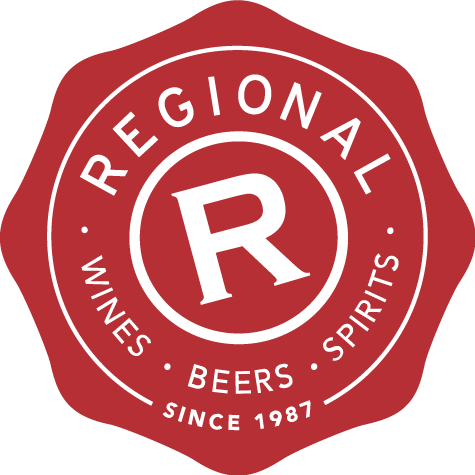
St. Bernardus Abt 12
The story of St Bernardus is a complex one that begins with monks and cheese and an exodus from France...
It's the early 1900s and the Trappists of Mont des Cats are an unimpressed bunch. The local French laws of the day tax their not so ill gotten gains and noticing that the same law has yet to be implemented in Belgium, they up sticks and move all of about 10 kms to the town of Watou, just over the border in Belgium.
Now, whether this is tax avoidance or tax evasion is probably a matter of opinion but, either way, we’ll let them off as settling into their new confines in a local farm, they started making cheese, naming their home the ‘Réfuge de Notre Dame de St Bernard'.
There wasn’t any beer being brewed at this stage but no smoke without fire one might say and where there’s monks and cheese - I'm guessing at least a beer or two was consumed.
By the start of the 1930s, tax law in France had eased and so our financially minded monks of St Bernard decided to return to the motherland. Vive la France! They sold their dairy to a man called Evariste Deconinck who continued making cheese until the Second World War. Cheese, cheese and more damn cheese - I hear you cry - where’s the beer for heaven’s sake!!?
Bear with me, we’re getting to it right about… now (and you’ll be pleasantly surprised with how things unfold).
Shortly after the Second World War, Evariste Deconinck was invited by the Trappist monks at Westvleteren to brew and market their Trappist beers under licence, with an initial contract to last a whopping 30 years. I couldn’t find out much on how this actually came about but my imagination is running riot, after all, one doesn’t simply magic up a brewing contract like this!
Did the currency of cheese exchange hands at some stage? Or, was cheese making knowledge passed on in exchange? Maybe it was just money, after all, this is what typically makes these things happen. The Abbey of St Sixtus where Westvleteren beers are brewed is also a mere 12 km down the road - so no doubt this facilitated things too.
Regardless, our cheesemonger turned brewmaster didn’t muck about and hired Polish born Brewer Mathieu Szafransk. He brought with him considerable know-how, recipes and, most importantly, the famed St Sixtus yeast that was being used to brew the beers of Westvleteren. Beer and yeast, monks and cheese - smoke and fire!
The business was on a roll and as an apparent heir joined the brewery in the shape of Evariste Deconinck’s daughter Bernadette, In 1962 a new 30 year deal was signed which would keep the beer flowing.
The Westvleteren beers would still be flowing out of Watou until this day and St Bernardus would be little more than the name of a monastic tax avoidance project if it weren’t for the coming together of the International Trappist Association in 1997. The ITA created the Authentic Trappist Product which is awarded exclusively to beers that are brewed inside an abbey by monks and which, of course, precludes the beers of Watou.
So, the contract expired for good but, ironically, the beers of Westvleteren do still flow from Watou - they are just called St Bernardus.
St. Bernardus Abt 12 is brewed with the same recipe that was passed on from the monks of St Sixtus (aka Westvleteren) in 1946 when the St Sixtus monks were making something called Westvleteren 12. St Bernardus still uses the original St Sixtus yeast too and considering that Westvleteren now uses a yeast from Westmalle - St Bernardus is perhaps closer to the original no.12 than modern Westvleteren!
Crazy stuff.
I’ll refrain from a tasting note as this blog is turning into a weighty tome. Just remember that Westvleteren 12 was awarded “Best Beer in the World” in 2006, 2007, 2010, 2012, and 2013 by Ratebeer and that St Bernardus Abt.12 often acquires similar superlatives.
So there we go… I’m off to buy a bottle of both beers and try them side by side. Done!
Buy St. Bernardus Abt 12 here.
